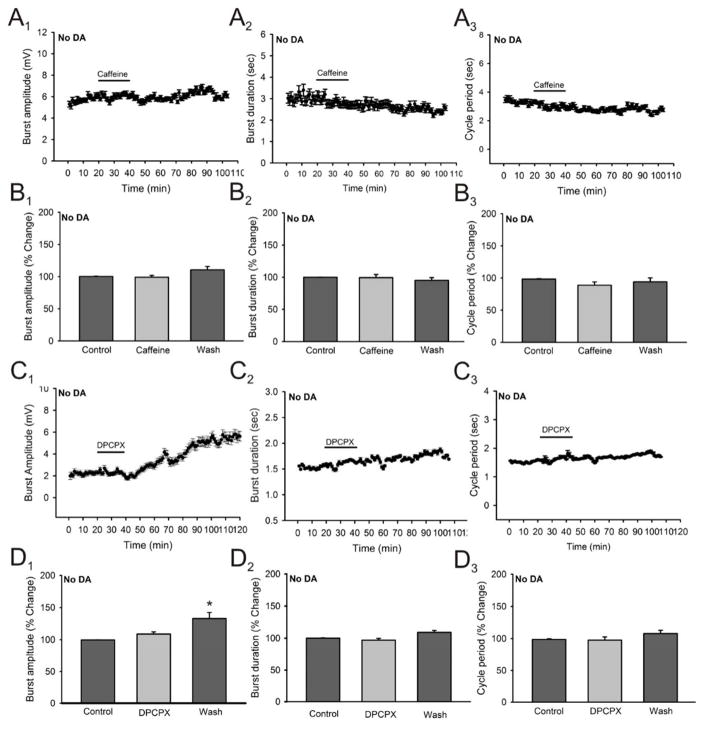Figure 9. Effects of caffeine and DPCPX in the absence of dopamine on locomotor-related output parameters.
A: time-course plots from a locomotor rhythm elicited with 5-HT and NMDA in the absence of dopamine showing no effects in locomotor burst amplitude, burst duration or cycle period after the application of caffeine (50μM; 20 minutes; n = 4). Each point represents 1 minute worth of recording. B: pooled data, average of 5 minutes worth of recordings in each condition, showing no significant effects on any of the parameters measured after the application of caffeine in the absence of dopamine (n = 4). C: time-course plots from a locomotor rhythm elicited with 5-HT and NMDA in the absence of dopamine showing no effects in locomotor burst amplitude, burst duration or cycle period after the application of the A1 adenosine receptor antagonist DPCPX (1μM; 20 minutes; n = 4). Each point represents 1 minute worth of recording. D: pooled data, average of 5 minutes worth of recording in each condition, showing no significant effects on any of the parameters measured after the application of DPCPX in

